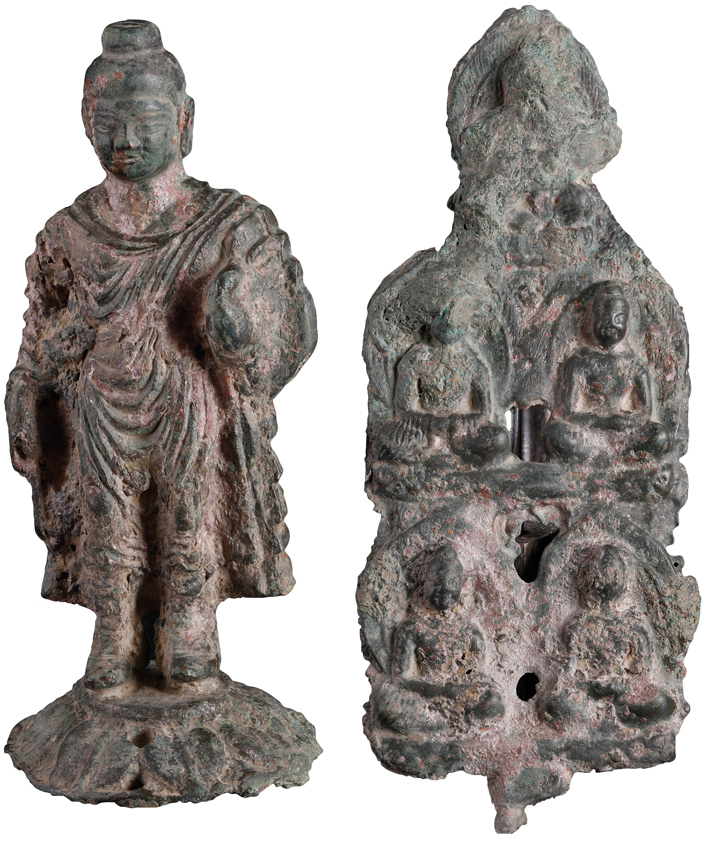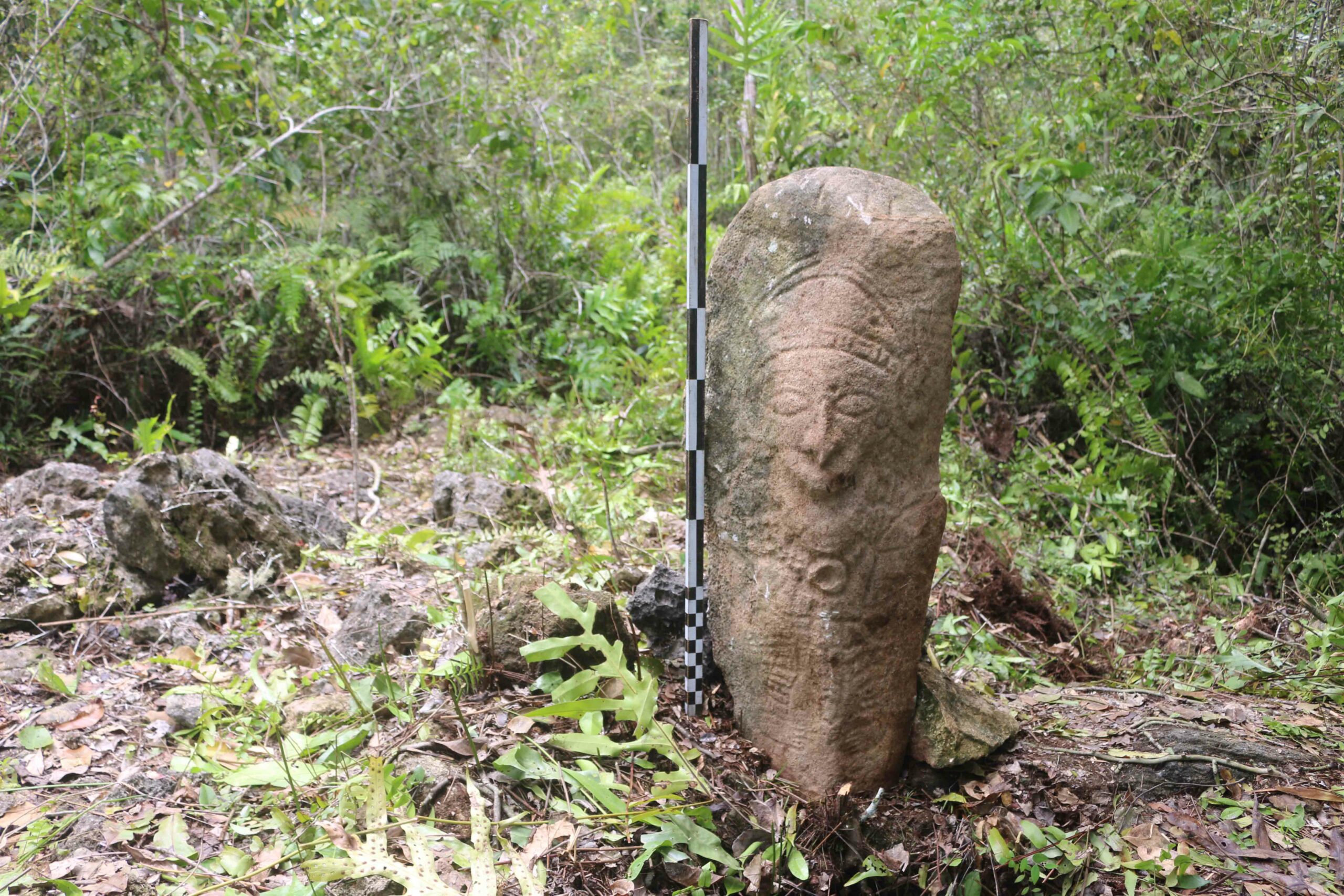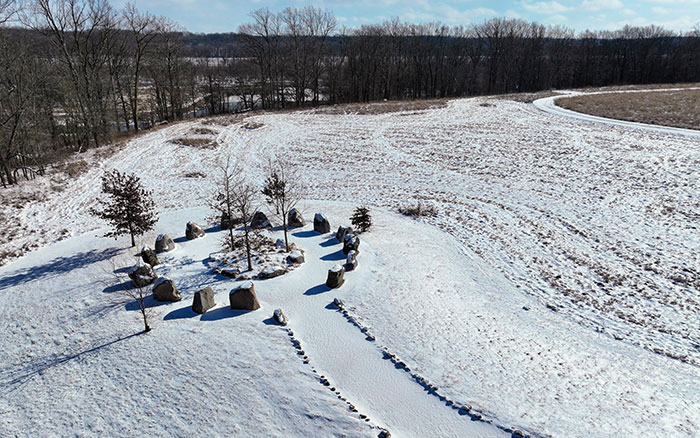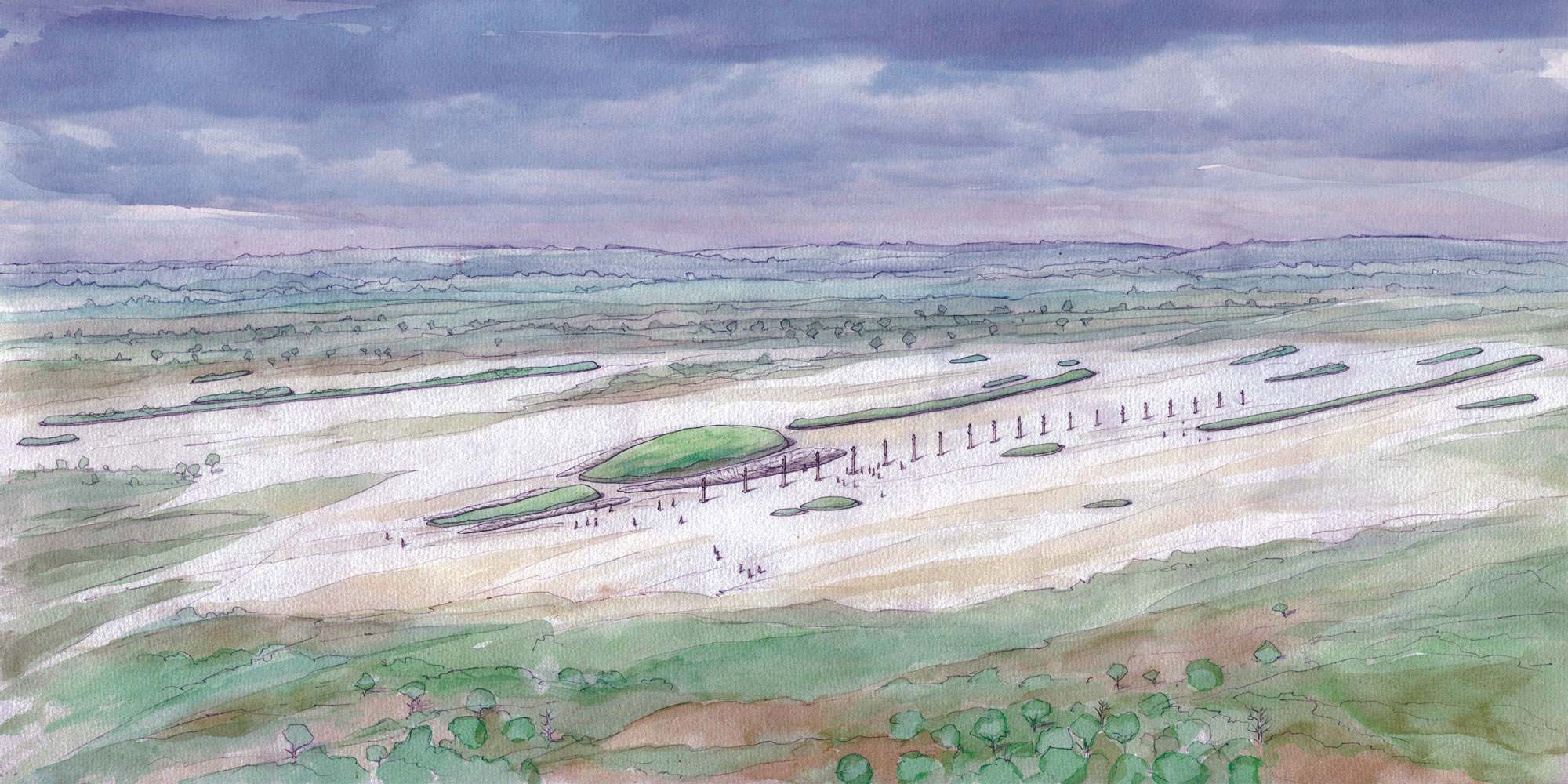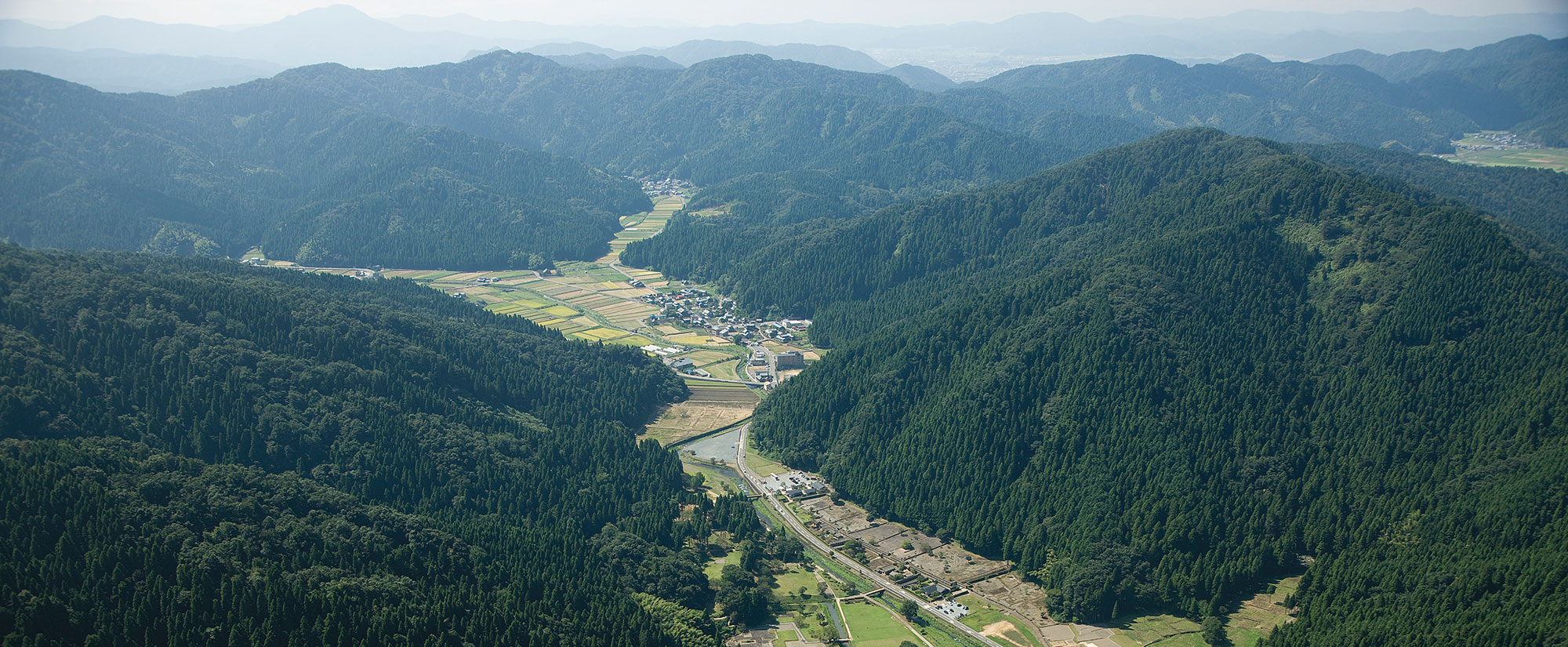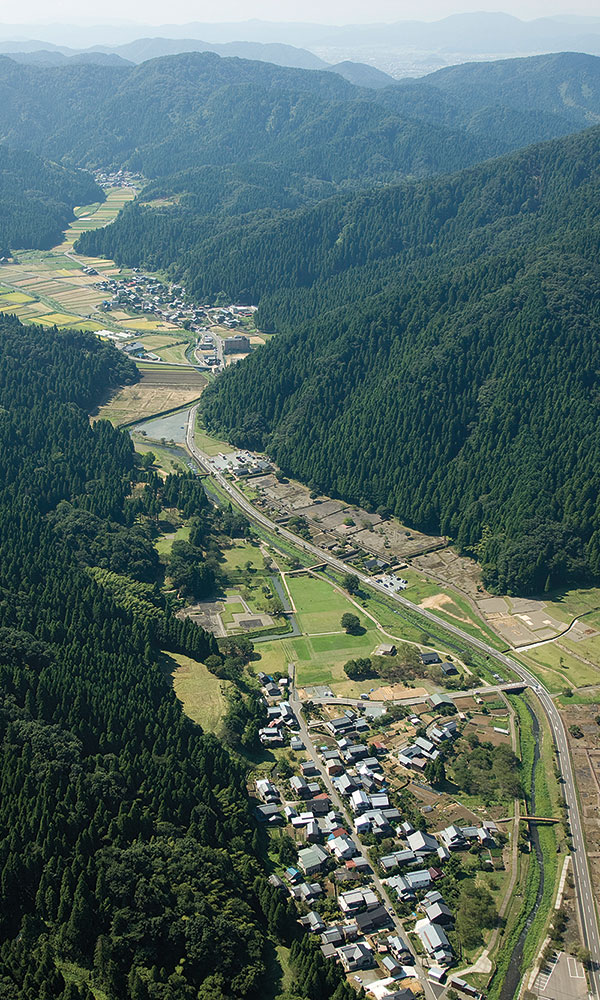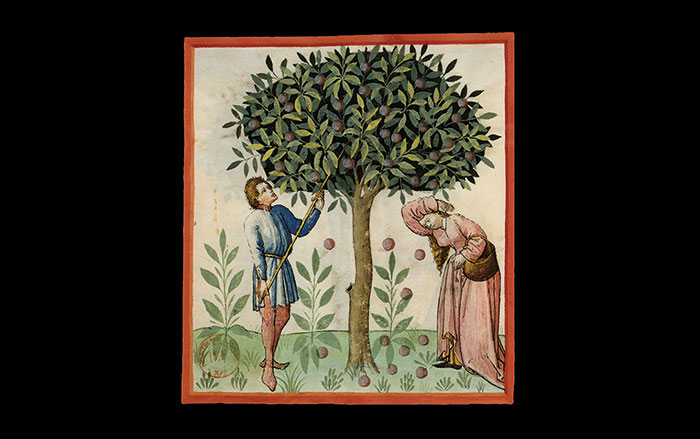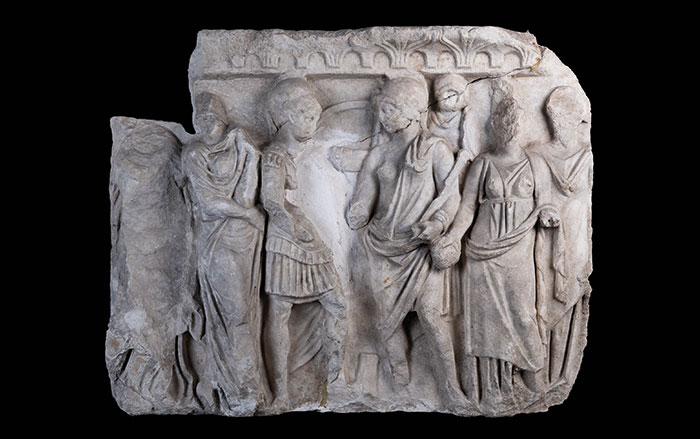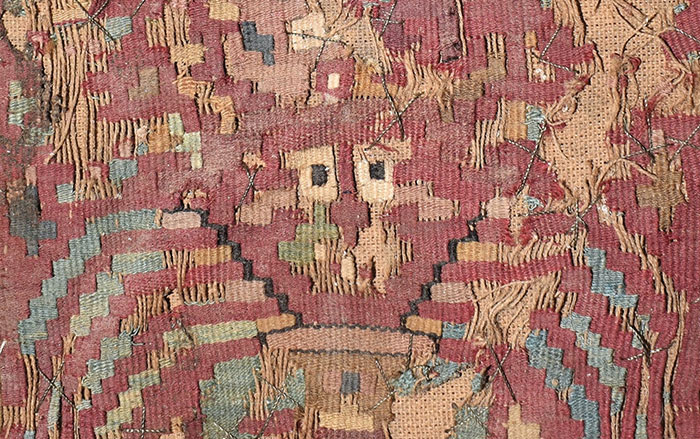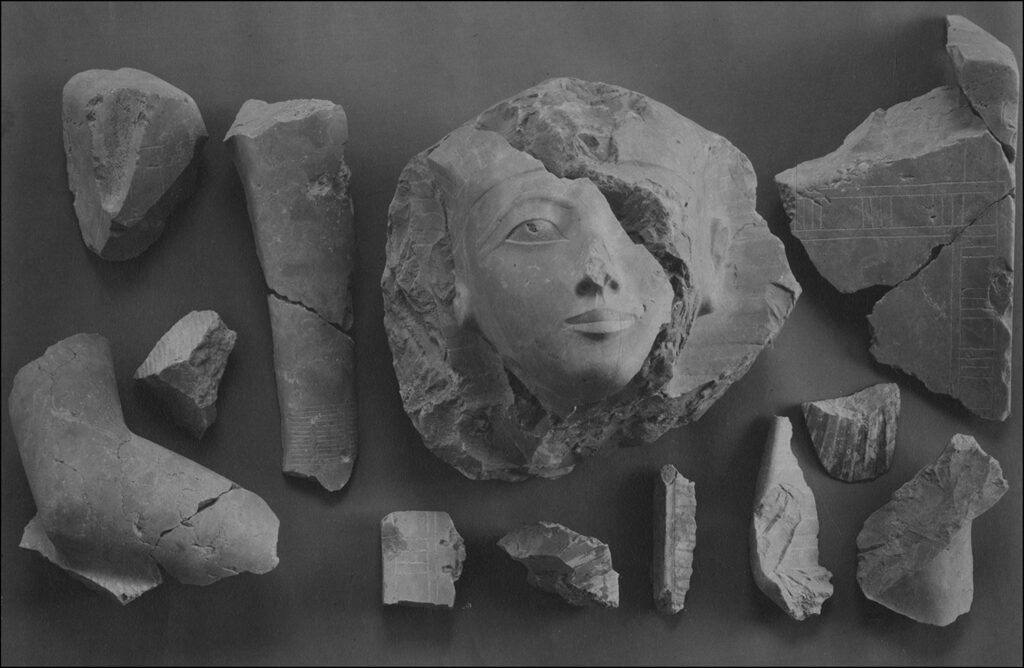
DEIR EL-BAHARI, EGYPT—When archaeologists excavated the mortuary temple of Hatshepsut (reigned ca. 1473–1458 b.c.) at Deir el-Bahari in the early twentieth century, they found that many of the statues depicting the female pharaoh had been intentionally destroyed after she died. Scholars have long thought that this was part of a campaign of revenge carried out by her co-ruler and successor, Thutmose III (reigned ca. 1479–1425 b.c.), which sought to dishonor and erase Hatshepsut from public memory after her death. Newsweek reports that this may not have been the case after all. New research conducted by University of Toronto Egyptologist Jun Yi Wong suggests that these acts were likely carried out as a way of “deactivating” the statues and eliminating the queen’s supernatural powers after her death. Wong determined that the sculptures were not broken in the face, as would be expected if they were smashed due to a vendetta. Instead they were cleaved along specific weak points in the stone, at the neck, waist, and knees. Wong determined that this behavior was more consistent with ritualistic practices that were not uncommon after the deaths of other pharaohs. While the report states that Thutmose III relentlessly persecuted Hatshepsut’s memory, there might be room for a more nuanced understanding of his actions, which were perhaps driven by ritual necessity rather than outright animosity. Read the original scholarly article about this research in Antiquity. To read about newly discovered remnants of one of Hatshepsut's temples at Deir el-Bahari, go to "Pharaoh's Fate."



